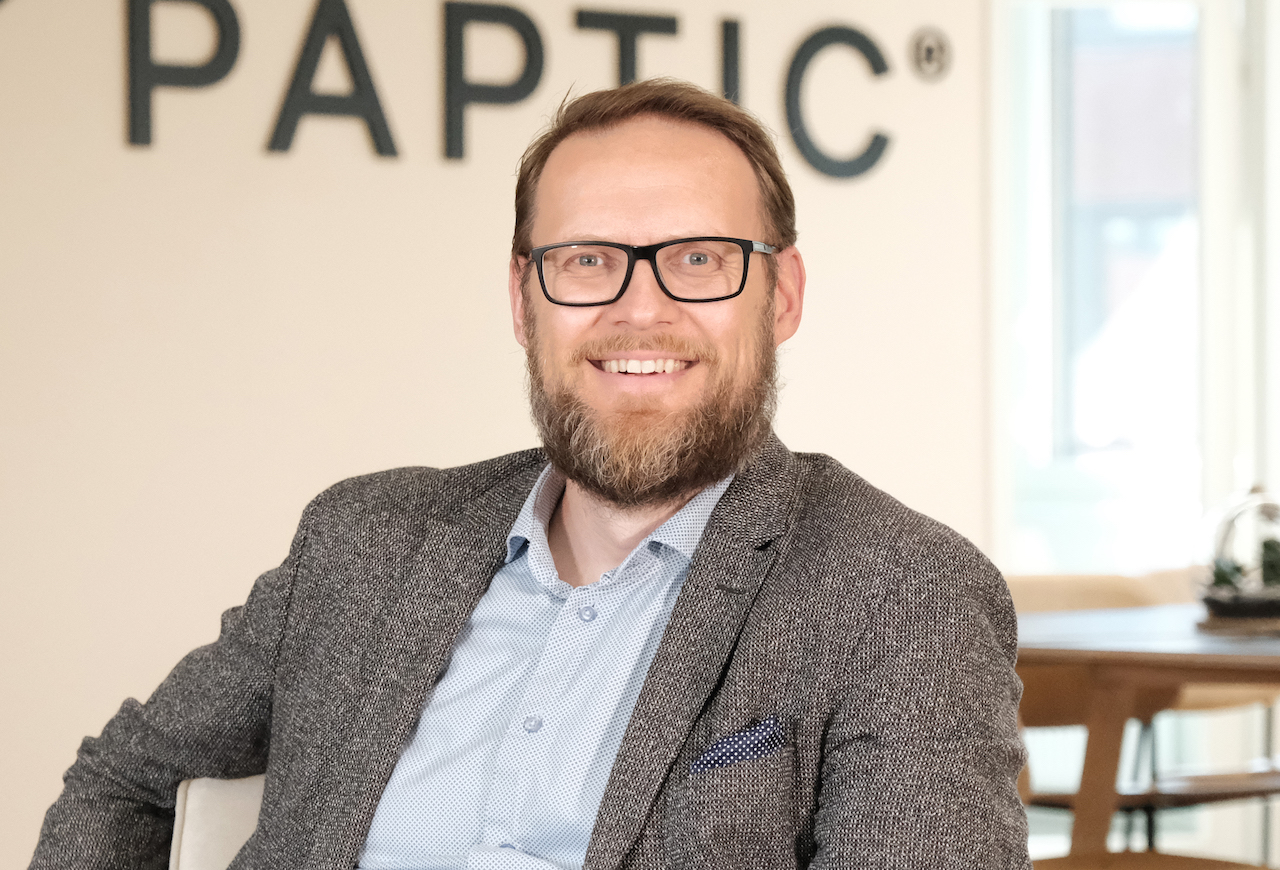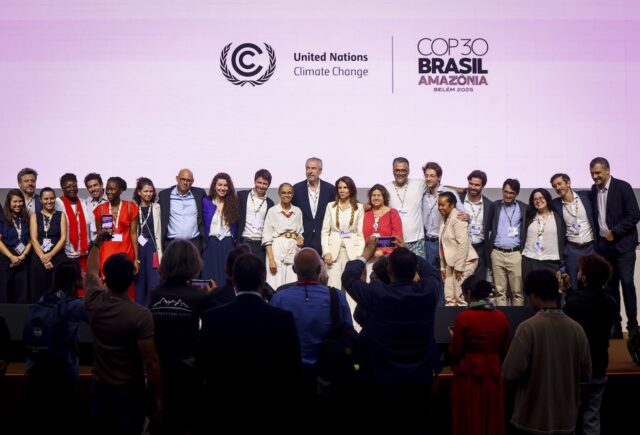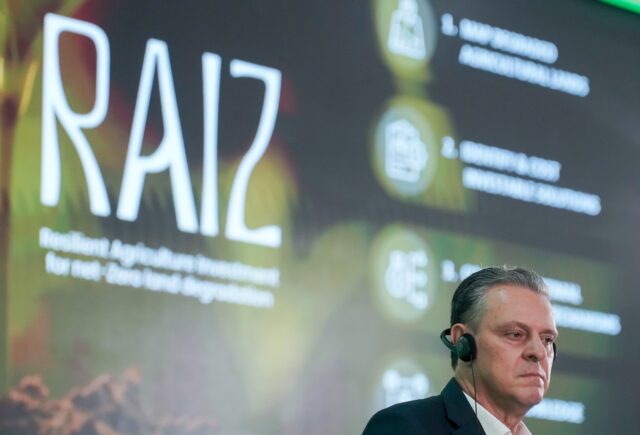Paptic has developed its eponymous packaging material from renewable wood fibres as a more sustainable alternative to plastic.

The European Investment Bank-backed European Circular Bioeconomy Fund (ECBF) has led a €23m funding round in Paptic, a Finnish based producer of fibre-based packaging materials providing a more sustainable alternative to plastic packaging.
The funding round also included investors Ecolab, a US-based corporation focused on the development of services, technology and systems in the treatment, purification, cleaning and hygiene of water, and Itochu Fibre, a Japanese company specialising in the distribution and trade of wood pulp and paper materials in Europe.
Paptic, which was established in 2015 in Espoo, a city in the south of Finland, has developed its eponymous packaging material from renewable wood fibres and currently offers three product lines, Paptic Tringa, Paptic Sterna, and Paptic Apus, which can be used in carrier bags, gift bags and pouches, e-commerce mailers to replace garment bags and poly bags, product packaging and dry food packaging, with the potential for use in other applications. The company is currently also developing a foam-based material.

Responding to questions from Impact Investor, Tuomas Mustonen, CEO and co-founder of Paptic, explained: “Paptic materials are made of wood fibres sourced from sustainably managed forests and offer the functionality of plastics. The materials were developed to reduce the use of plastic films in flexible packaging and at the end of the lifecycle, packaging made of Paptic can be recycled with cardboard and packaging papers. The foam-based manufacturing takes the resource efficiency even further.”
According to Mustonen, Paptic is a lightweight material that is soft, resistant to punctures and tears, has heat sealable properties and can be produced on existing paper production lines, and converted on existing packaging lines with no major investment needed to produce or use the materials.
Speaking to Impact Investor, Michael Nettersheim, managing partner for the ECBF, said the investment team was attracted to the company due to the uniqueness of the material, including its haptics (touch and feel properties), strength, renewability and recyclability in existing waste streams and the fact that the material was already commercialised, offering clear proof of concept across several applications.
“Unlike regular paper, Paptic materials can substitute flexible plastic packaging film, without changing the existing packaging line, enabling much faster adoption by the industry,” he added.
The company’s clients include Finnish bedding company Familon, H&M’s clothing brand Cos, German toy company Fischertechnik and Finnish farm Puukin Tila.
Investment opportunity
According to a recent industry report on the future of global flexible packaging, the global market for flexible packaging is estimated at over €200bn annually and 70% of the materials used are plastics. Paptic said that based on their end-use, almost half of these could be replaced with renewable and recyclable Paptic materials.
“Wood-fibre-based, resource-efficient Paptic is recyclable at scale with cardboard and packaging papers. The carbon footprint decreases by half when replacing plastic with Paptic while keeping the packaging weight the same. In many cases, Paptic materials offer higher-quality features at lower grammages,” said Mustonen.
The challenge of plastic packaging
Recent analysis of the share of volume of packaging in plastic production places it at around 44%.
In addition, a 2016 study by the World Economic Forum, Ellen MacArthur Foundation and McKinsey & Company found that only 14% of plastic packaging is collected for recycling and that only 5% of material value is retained for a subsequent use when “additional value losses in sorting and reprocessing are factored in”.
Giving the example of Paptic Sterna, Mustonen said that after its use, the material’s long fibres could be recycled and reused over multiple life cycles of fibre-based materials.
“In comparison, the quality of low-density polyethylene (LPDE – a thermoplastic widely used in the manufacture of plastic packaging) deteriorates during recycling, limiting its use to only a few products,” he said.
Paptic Sterna’s carbon footprint is also significantly lower than LPDE.
“Paptic Sterna has a carbon footprint of 1245kg CO2e per tonne cradle-to-gate compared to 2400 kg CO2e per tonne cradle-to-gate for LDPE. After use, when LDPE is incinerated, its carbon footprint rises to 4500kg CO2e per tonne, while Paptic Sterna, when subjected to fibre recycling, maintains a level of 1347kg (end-of-life),” he explained.
Nettersheim added that the transition to alternative materials for packaging had been slow because of the price and performance of existing plastic materials: “However, price does not factor in collateral damage to the climate and the environment,” he said. “To date, many of the alternative solutions to plastic packaging have also been lacking in terms of performance and recyclability, which is not the case for Paptic.”






